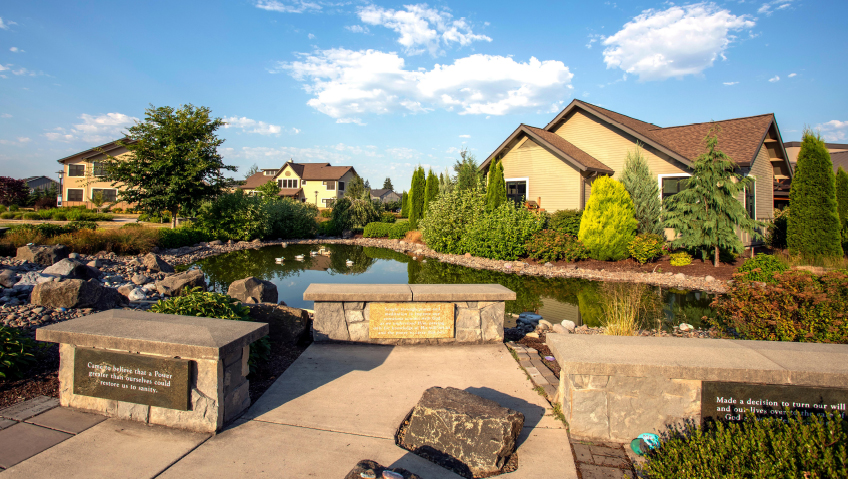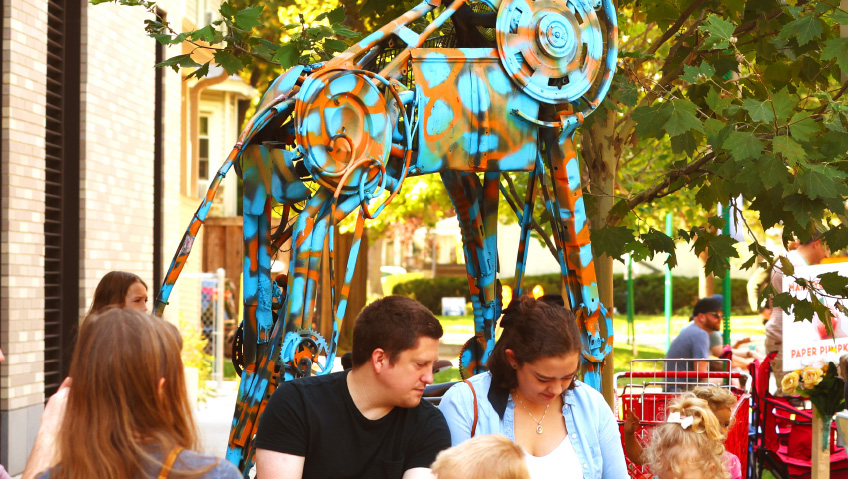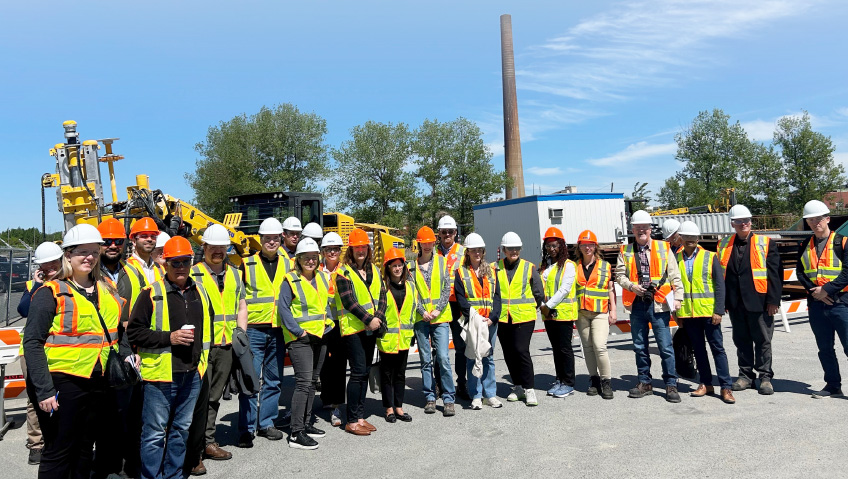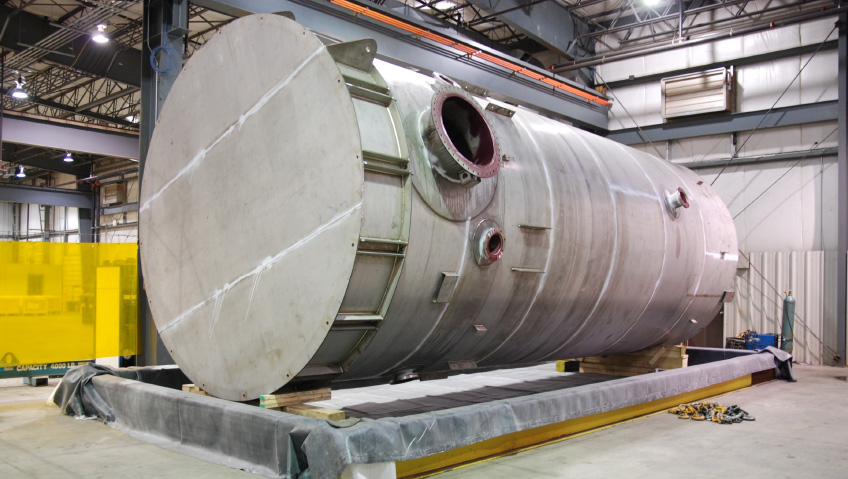The statistics are overwhelming: more than one in every six American adults and teens had a substance use disorder in 2023, according to the National Survey on Drug Use and Health.
The annual survey provides data on the use of tobacco, alcohol, and other drugs, substance use disorders, and mental health issues. Breaking it down further, 28.9 million individuals had an alcohol use disorder, 27.2 million had a drug use disorder, and 7.5 million people experienced both.
Worse still is the growing proportion of America’s youth in this vulnerable population. The percentage of people with a substance use disorder in the past year was highest among young adults aged 18 to 25. Now consider the fact that substance abuse at any age can sharply exacerbate symptoms of mental illness or trigger mental health problems—when these disorders collide, the risk of self-harm increases, and with it, the critical need for in-patient health services.
On the front lines
One of Oregon’s most comprehensive treatment facilities, Serenity Lane is a non-profit substance use disorder center directly involved in helping these patients and their families. The care team sees the real-life impact behind the statistics daily, understanding the pain and uncertainty people feel when it comes to how to heal.
“Being welcomed into a non-judgmental environment is central to what a person will experience when they call us and walk in the door for the first time,” says Pete Kerns, President and CEO of Serenity Lane. That is paramount when people are feeling fearful in the midst of their substance use disorder, he explains, with the empathy his organization is known for. “They don’t realize that their brain has been rewired and there’s a compulsion that they have little control over. But they try to control it and in their failure to do so, they hurt themselves. They hurt the people who are closest to them. There’s a lot of guilt and shame at the time that they choose to come in.”
This is a critical turning point, he tells us—when a person realizes that their life has become more unbearable than their fear of going into treatment. “That’s when they pick up the phone to call us.”
Serenity Lane takes those calls for help and accepts admissions seven days a week––a response that sets the facility apart from other centers. Similarly, if someone calls on behalf of a loved one in crisis, steps are taken immediately to welcome people into treatment.
Open arms
“The most common thing that people who’ve been through our program are grateful for is an environment where they feel welcome,” says Kerns. When people are at their lowest with substance use disorder and mental health struggles, simply feeling welcomed and supported can be a lifeline. Serenity Lane stands proudly on a long tradition of providing lifelines, giving people a new beginning and uniting families.
The original center opened back in 1973 when there weren’t any treatment centers available south of Portland. Pete Kerns’ father was a family physician who had lived through the trauma of family tragedy. His mother and two brothers died from diseases and his father, a dentist in a small town in Nebraska, died from alcoholism. Pete’s dad was only 15 years old when all his immediate family had passed away.
“That left quite an impression,” Kerns says. “When he was a doctor here in Oregon, taking care of families and getting to know the local AA leaders, they would bring patients with alcohol use disorder (AUD) to him,” he says, referring to the need of so many for help with addiction. It started him on a path to establishing a much-needed treatment center.
The first facility was established in a vacant fraternity house that became a place for people with AUD who needed detoxification and residential treatment. A residential treatment center is usually the first stage of getting treatment for a substance use disorder; it helps the patient get off the addictive substance and start an intensive treatment plan that requires an inpatient stay of a month or more, depending on the individual. This facility was a win for residents of communities in the Willamette Valley, a beautiful area between the Oregon Coast and the Cascades south of Portland.
While the center was founded on the Alcoholics Anonymous 12-step program model popular at the time, the offerings have expanded considerably just as the facilities have over the years. The new residential center in historic Coburg is complemented by six outpatient clinics in the state that provide supplemental substance use disorder (SUD) therapy, mental health therapy, and case management services for navigating community supports like housing and employment.
A holistic approach
Serenity Lane’s personalized treatment plans reflect leading the intervention strategies in the field, which is part of what makes it a sought-after teaching center for medical school residents and students in nursing or psychiatry. Here, the expert team focuses first on integrated care, which is an evidence-based holistic approach for physical, mental, emotional, and spiritual healing. Medication is still frequently a part of treatment, but the residential center also boasts a gym, a meditation space, a wellness facilitator for fitness and nutrition, a clinical chaplain, and yoga instruction.
“When I started in the field 35 years ago, if I had someone come to my office that had been drinking, I invited them to leave because I couldn’t possibly do therapy with somebody that was intoxicated,” says Dr. Cheryl Gifford, Mental Health Director at Serenity Lane.
“Now we view it differently, so that patients assessed with a dual diagnosis are being treated for their substance use disorder and mental health disorder at the same time. Research says that’s the best way to do treatment. We’re providing integrated care, which is a really positive shift.”
Serenity Lane has seven full-time mental health professionals and four full-time counselors in withdrawal management helping with detox and checking on patients during daily rounds in the hospital unit. While individual counseling is provided, groups work together on how to manage both mental health conditions and substance use disorders. There is a separate group to tackle how to cope with trauma, which is common in this vulnerable population, and another group with sexual and gender minority status.
Getting family on the team
Another valuable option, unique to Serenity Lane, is the family program where patients and their loved ones are brought together to discuss the disease of addiction and the treatment program. This approach helps people better understand what their family member is going through and ultimately strengthens family ties. “This might be just as important as the treatment the client receives, because every family, every household, achieves some kind of equilibrium,” says Kerns. “And for a person with an alcohol use disorder, for example, that equilibrium exists, and it supports the alcohol use disorder for that person. So the family comes in and learns about that and how to change it, because if our client went back into the same household without that awareness, they would surely relapse. A lot of work is done with the household members to make sure that there’s a good situation to go home to.”
Kerns has a background in law enforcement and initially retired in his late 50s, deciding to interview for the position of President and CEO of Serenity Lane when the post became available. He’s been in the role for five years now and humbly says he’s most proud of the people who preceded him. “They did all this fundraising and built this place; that’s probably the most impressive accomplishment beyond opening in 1973, because we’ll be on this campus for decades and we’ll continue to grow here and develop our services.”
Expanding capacity
Kerns is also excited about research partnerships with the University of Oregon and others to evaluate the family program and the comprehensive wellness program offered at Serenity Lane, and about expanding the capacity of the Counselor in Training Program that has been so successful for former patients.
As Dr. Gifford explains of the team’s dedication, “We recognize that substance use disorder is a disease that takes lives, so there’s a real passion to do the work and to help everyone we can. The culture is so compassionate and vibrant here at Serenity Lane and I think that’s one of the things that sets us apart. We care about providing the very best care because many of us remember what it is to be a patient.”
Indeed, some former patients are now in management positions or working as chemical dependency counselors. “We have mental health counselors who have been chemical dependency counselors and then decided to go back to school and get a master’s degree,” Dr. Gifford says. “I’ve worked in a lot of different places in healthcare, and Serenity Lane feels like coming home. The culture here is very rich and the people who are here really appreciate being able to work in this environment. That speaks volumes about the care we provide.”






